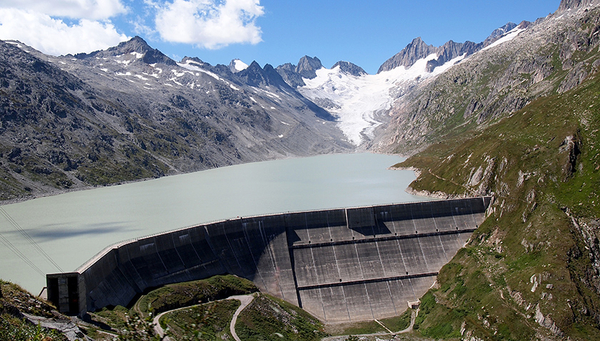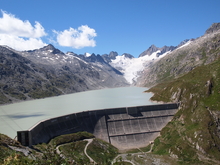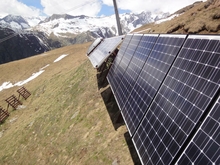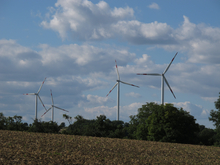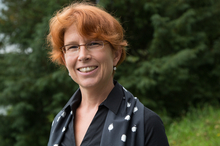Archive detail
What are the social and environmental consequences of Switzerland’s energy change?
September 1, 2014 |
Switzerland has opted for the energy change, thus paving the way for a fundamental transformation of the country’s future energy supply. What will be the consequences of this decision? How will the implementation of the Energy Strategy 2050 impact society and the environment? Which natural resources can be used to generate energy in Switzerland? How much of these resources is available? The Swiss Federal Institute for Forest, Snow and Landscape Research WSL, together with Eawag, has launched a new research programme, ‘Energy Change Impact’, with a view to scientifically investigating these questions. The programme strives to support society, politics and the economy by providing well-founded information and scenarios regarding planning and implementation.
The new research programme utilises and combines existing expertise
WSL and its partner institutions have been focusing on energy, including the energetic use of wood, water and sunlight, for many years. The researchers also possess considerable experience in climate change’s environmental and social impact. The new research programme aims to further develop and increasingly apply this know-how and combine it with the expert knowledge of other stakeholders.
Modern methods and tools will help to find sites for using renewable energy that are profitable as well as ecologically and socially worthwhile. Where should hydropower be promoted, or should we contemplate turning away from this energy? How far are the Swiss people prepared to sacrifice their beautiful countryside to wind turbines or photovoltaic systems? Scenarios will also illustrate how many natural resources are available for future energy generation. How much wood can be used to produce energy without jeopardising sustainable forest management? How much water can be devoted to hydropower without significantly damaging the ecology of Switzerland’s rivers?
How to avoid conflict as far as possible
Using renewable energy sources can resolve conflicts when various interests clash (e.g. protecting nature, the climate, water and the countryside, as well as land use). WSL research can also contribute to this by identifying at an early stage any potential risks and conflicts regarding the generation and transport of energy and by developing potential alternatives. Having sound foresight can save valuable time and money when ushering in the energy change.
Astrid Björnsen Gurung PhD will lead the research programme. Between 2012 and 2014, Astrid, an environmental scientist, worked on National Research Programme 61, ‘Sustainable Water Management’, as a WSL research assistant. From 2007 to 2014, she also headed up the European ‘Mountain Research Initiative’ programme and, from 2011 to 2014, she was a coordinator for the Swiss-Austrian Alliance for Mountain Research.
The new research programme 'Energy Change Impact" will help to find suitable sites for using renewable energy. Where should hydropower be promoted, or should we contemplate turning away from this energy?
(Foto: Thomas Knobel, WSL, ©)
How far are the Swiss people prepared to sacrifice their beautiful countryside to photovoltaic systems?
(Foto: Carmen Graf, WSL,©)
Using renewable energy sources can resolve conflicts when various interests clash. WSL research can also contribute to this by identifying at an early stage any potential risks and conflicts and by developing potential alternatives.
(Foto: Schulz, WSL, ©)

